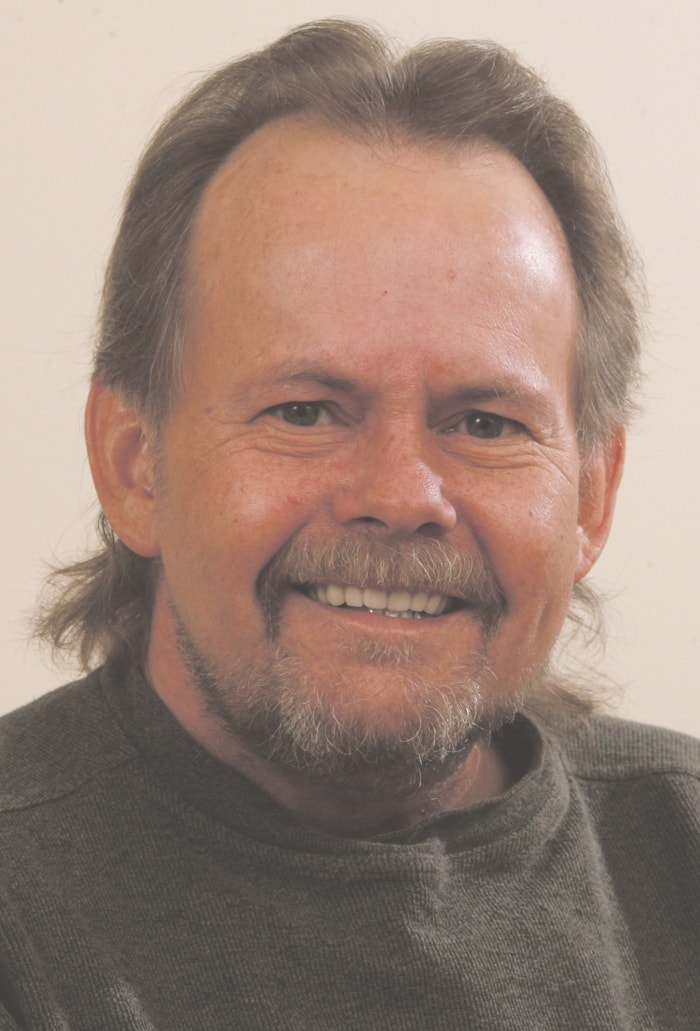As long as the provincial government is unwilling to address sensitive environmental concerns, the public must rely on conservation groups to take up the slack.
It’s a formula that delays reaction to problems, and inevitably leads to ecological decay.
When hundreds of waterfowl were found dead a few years ago in a tailings pond at a Fort McMurray-area site, a contingent of high-profile conservation groups took up the case and brought it to court. In the end, fines were levied and safeguards to prevent similar occurrences were put in place.
In Alberta’s northern boreal forests, human intrusion on extremely sensitive habitat needed to sustain the woodland caribou took its toll and their future was in peril. Again, conservation groups took on the issue because the province and the federal government initially ignored warnings from the experts. Safeguards to protect and bolster the herds are now in place.
Why does the province consistently turn a blind eye to serious conservation matters? Must Alberta Environment and Sustainable Resource Development be embarrassed by conservation groups into taking action?
For years, the province has ignored warnings that the grizzly bear population in the West Country is dwindling, again due human intrusion and destruction of valuable habitat.
As a result of an extensive study by conservation groups, it was determined that grizzlies were in big trouble — something the province had denied for years. And now strict guidelines are in place to protect the bears.
In Southern Alberta, sage grouse are near extinction. Conservation groups struggled mightily to get the province to hear the alarm. Finally, the government is listening, but it may be too late. Experts outside government influence predict the grouse is certain to face extinction.
The Nature Conservancy of Canada recently announced the purchase of rare Central Alberta lands in order to preserve their natural states.
These parcels are vital to sustain delicate floral and fauna, but again a conservation group has had to take action.
Over the last year, the non-profit land trust purchased eight properties in Central Alberta totalling 2,000 acres, at a cost of more than $5.2 million. Benefiting will be the Red Deer River Natural Area, which encompasses Pine Lake, Gull Lake and Goosequill/Hummock Lakes.
Development has now been banned in those areas and human access is by foot only.
Most important is the Fyten-Lea property, 131 acres along the along the west banks of the Red Deer River west of Big Valley. It offers ideal habitat for ungulates and rare plants.
Prior to the purchase of these properties by the Nature Conservancy, using a fund established by the federal government and TransCanada Corp., some of the land was being ripped apart by ATV users.
Among the many goals identified by Premier Alison Redford in May, after winning an overwhelming majority in the April 23 provincial election, was this mandate for Alberta Environment and Sustainable Resource Development: “developing our natural resources responsibly to protect our environment and grow our markets.”
It would be fair to suggest that developing resources and protecting the environment do not always go hand in hand.
History shows this province has always put resource development ahead of protecting the environment.
Until the province finds a better balance, and the initiative to take the lead before disasters present themselves, we can expect more instances of environmental calamity.
And eventually, great swathes of our environment will no longer be sustainable.
Rick Zemanek is a former Advocate editor.
